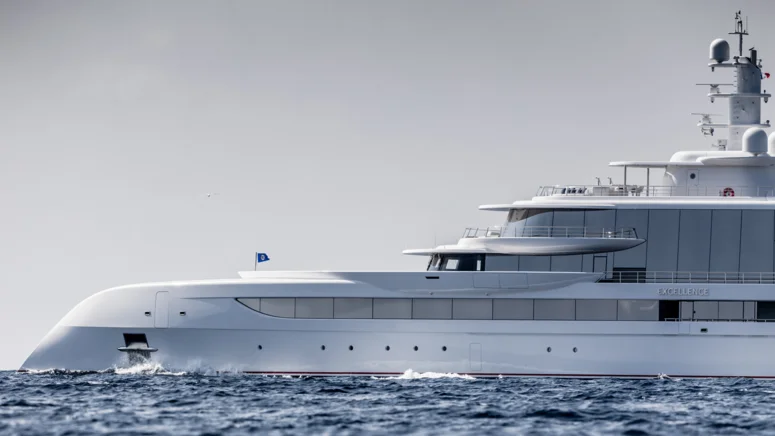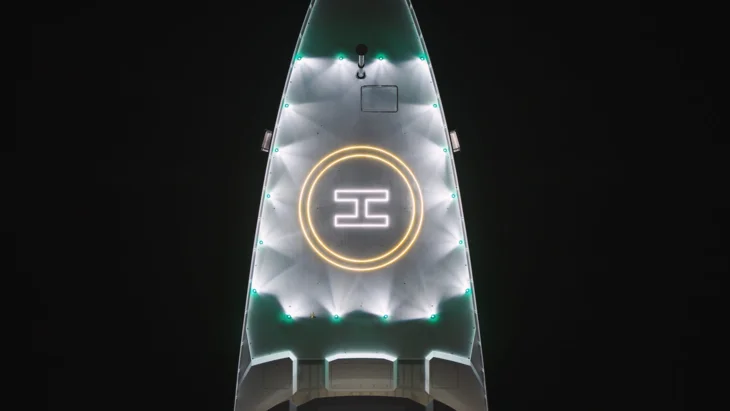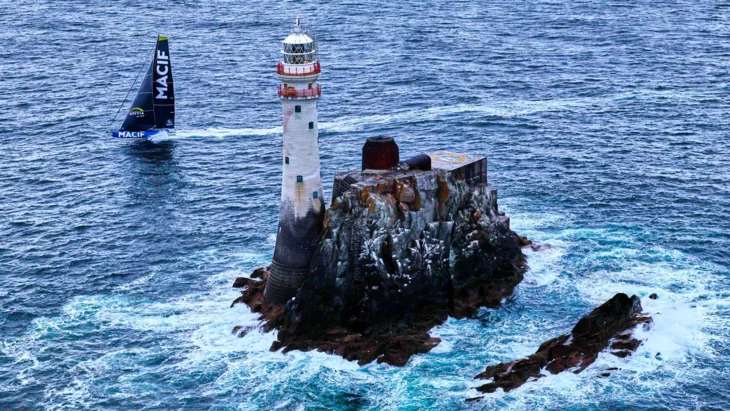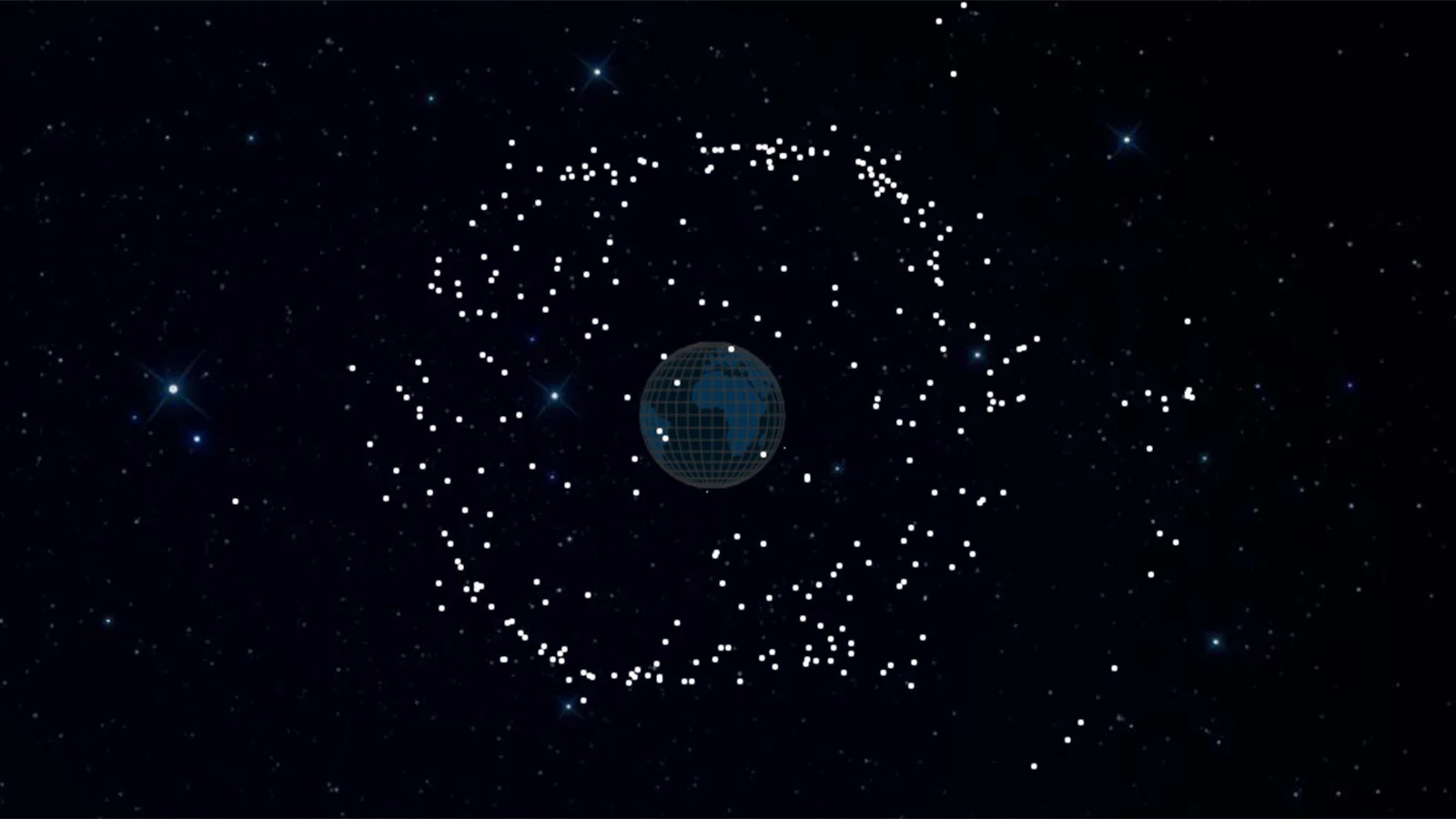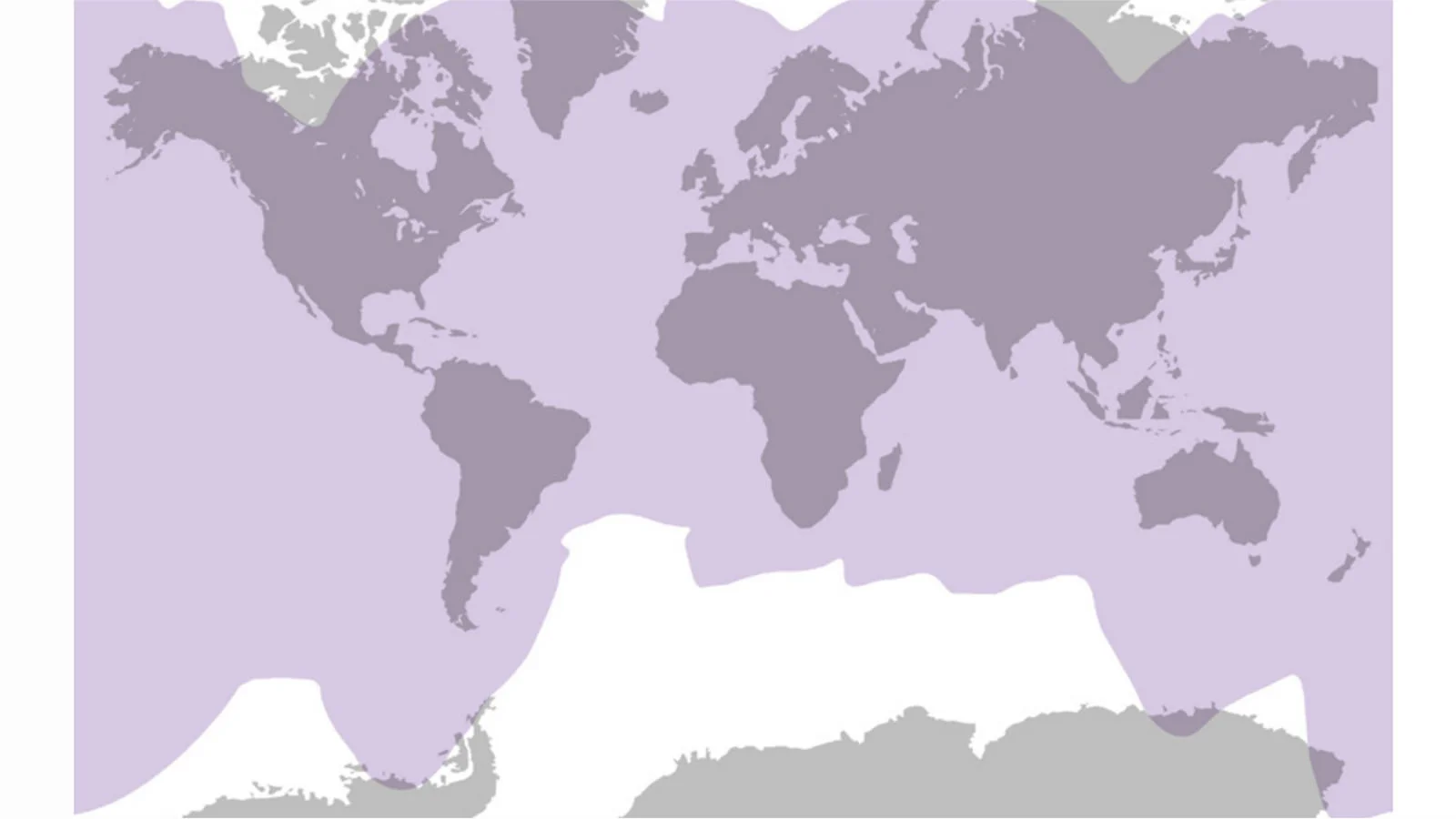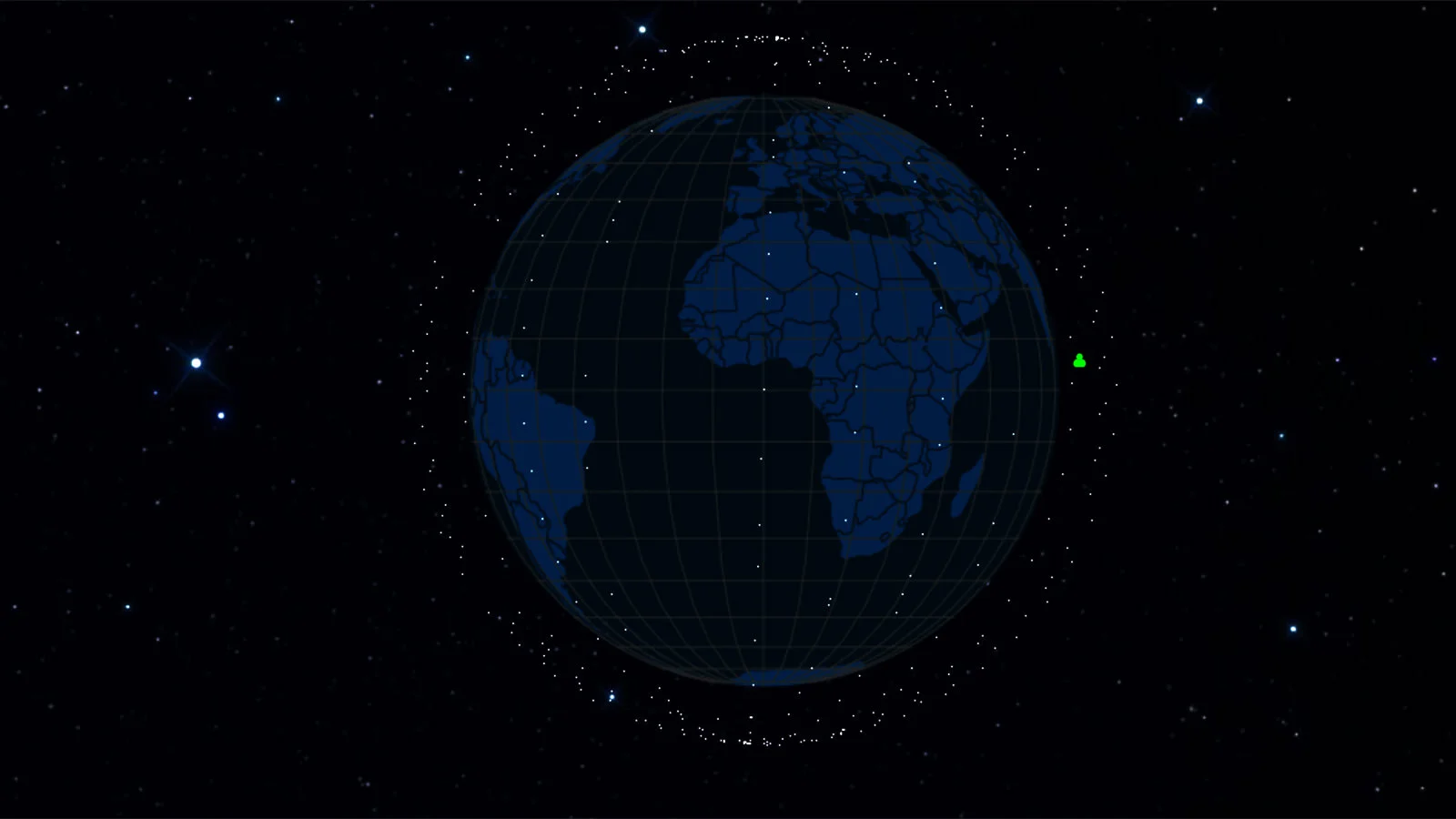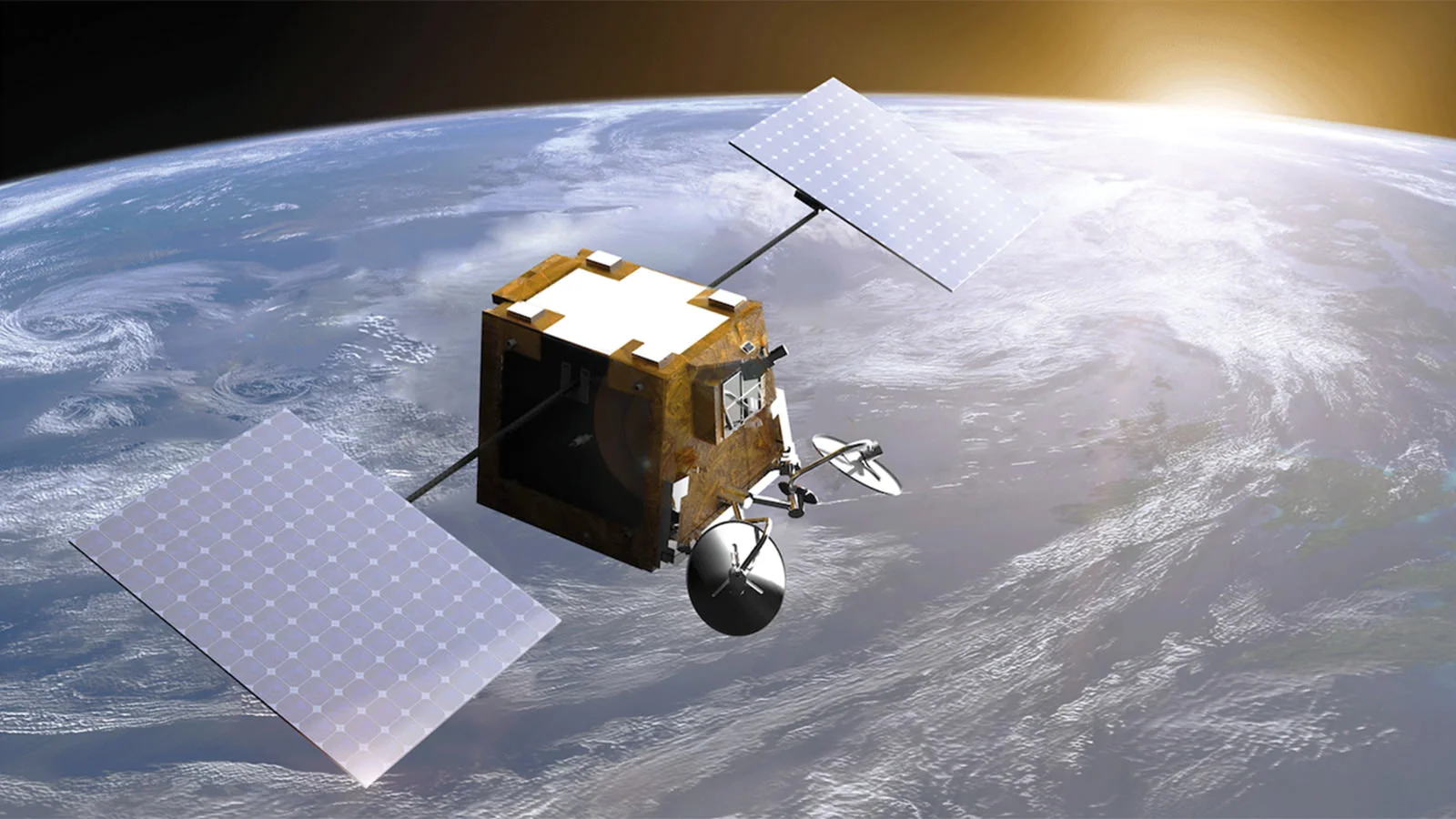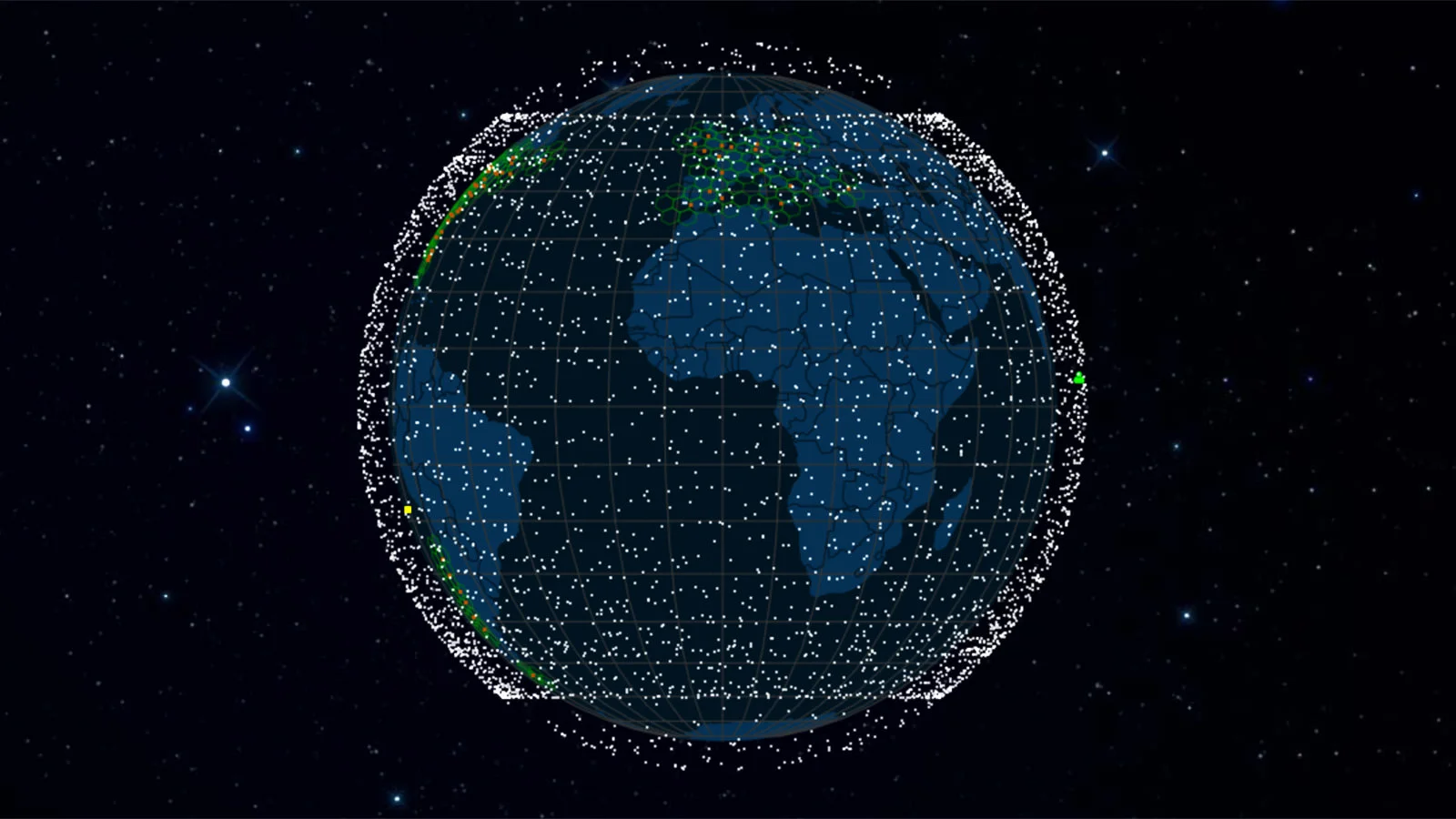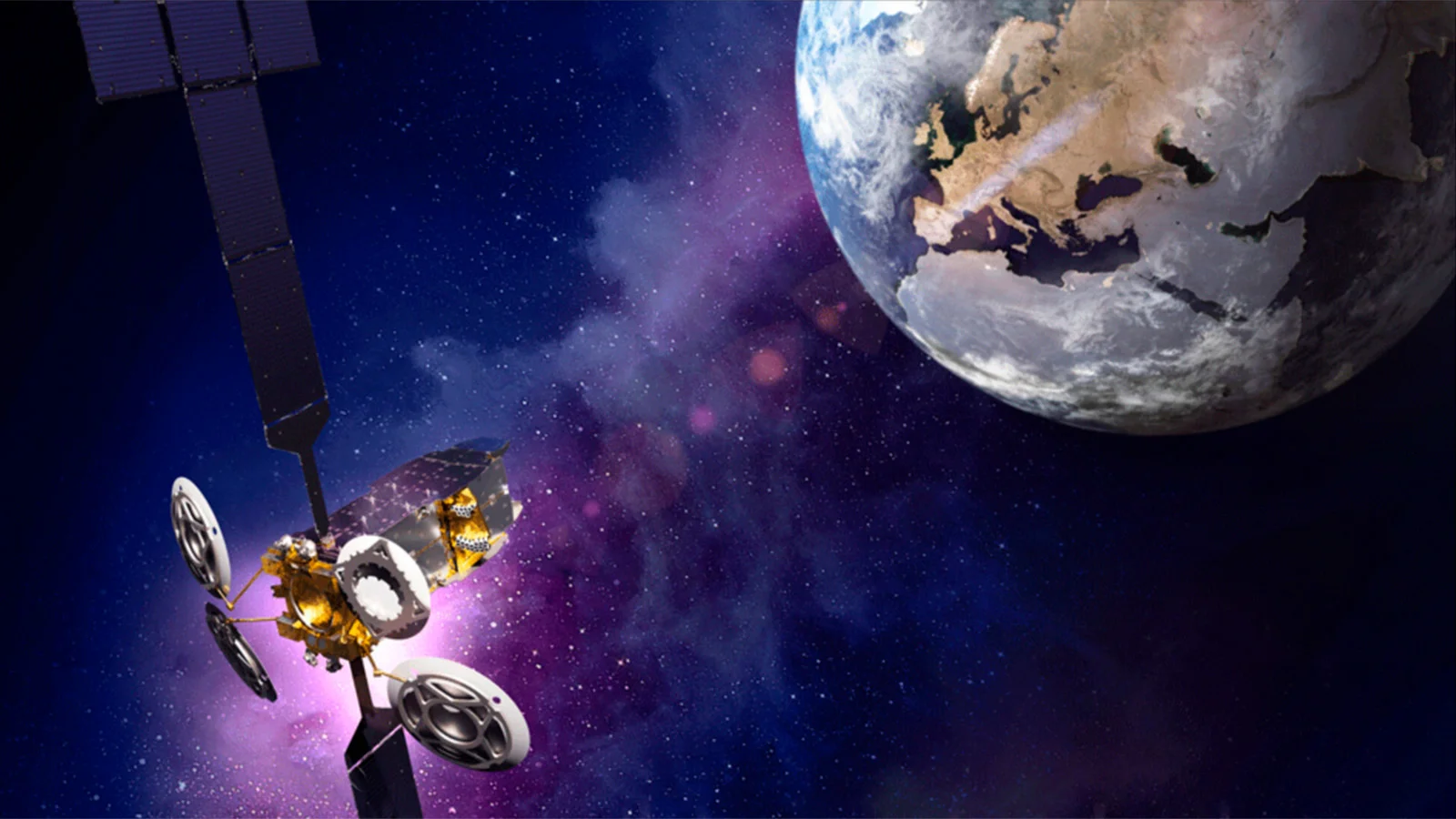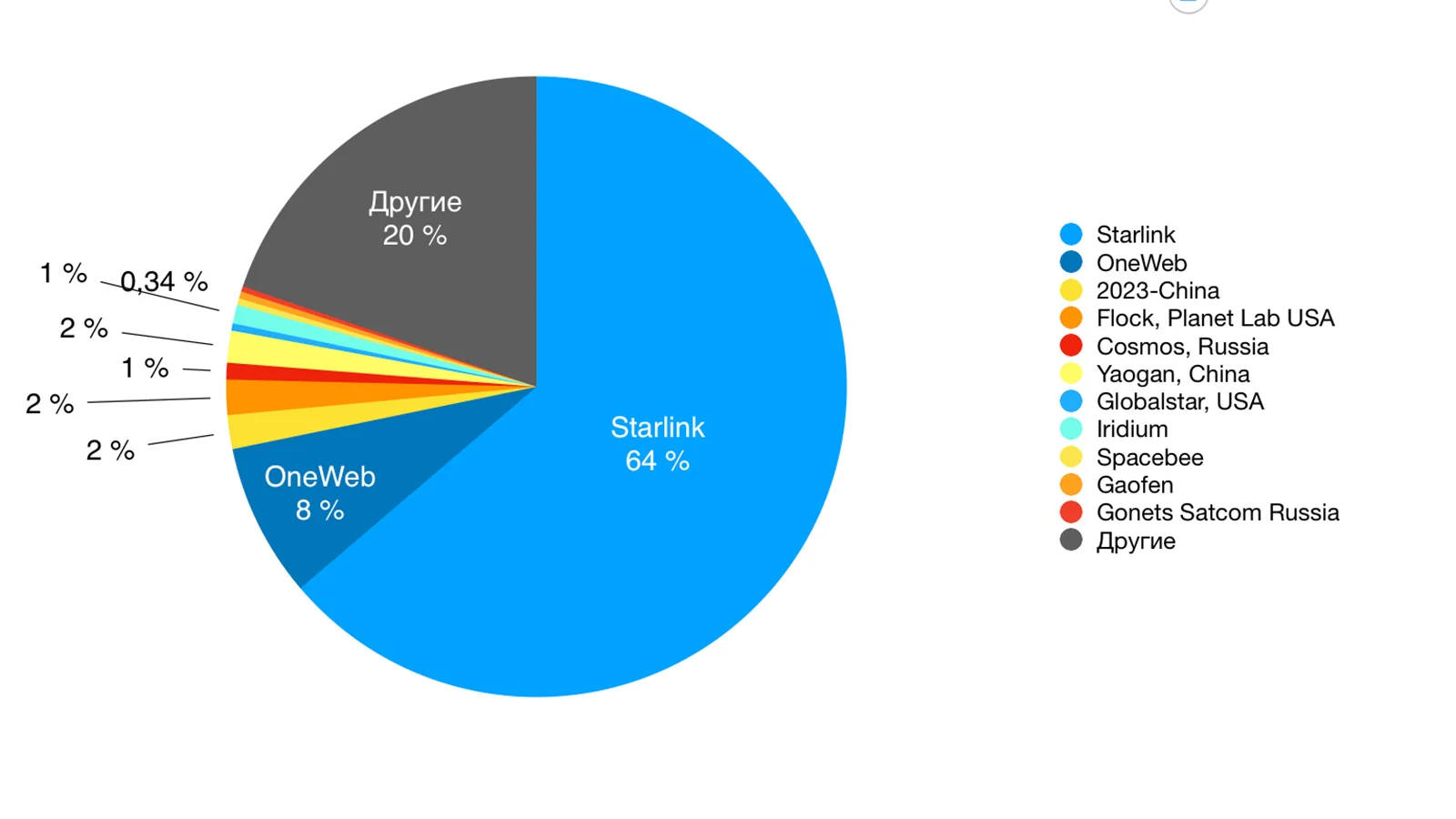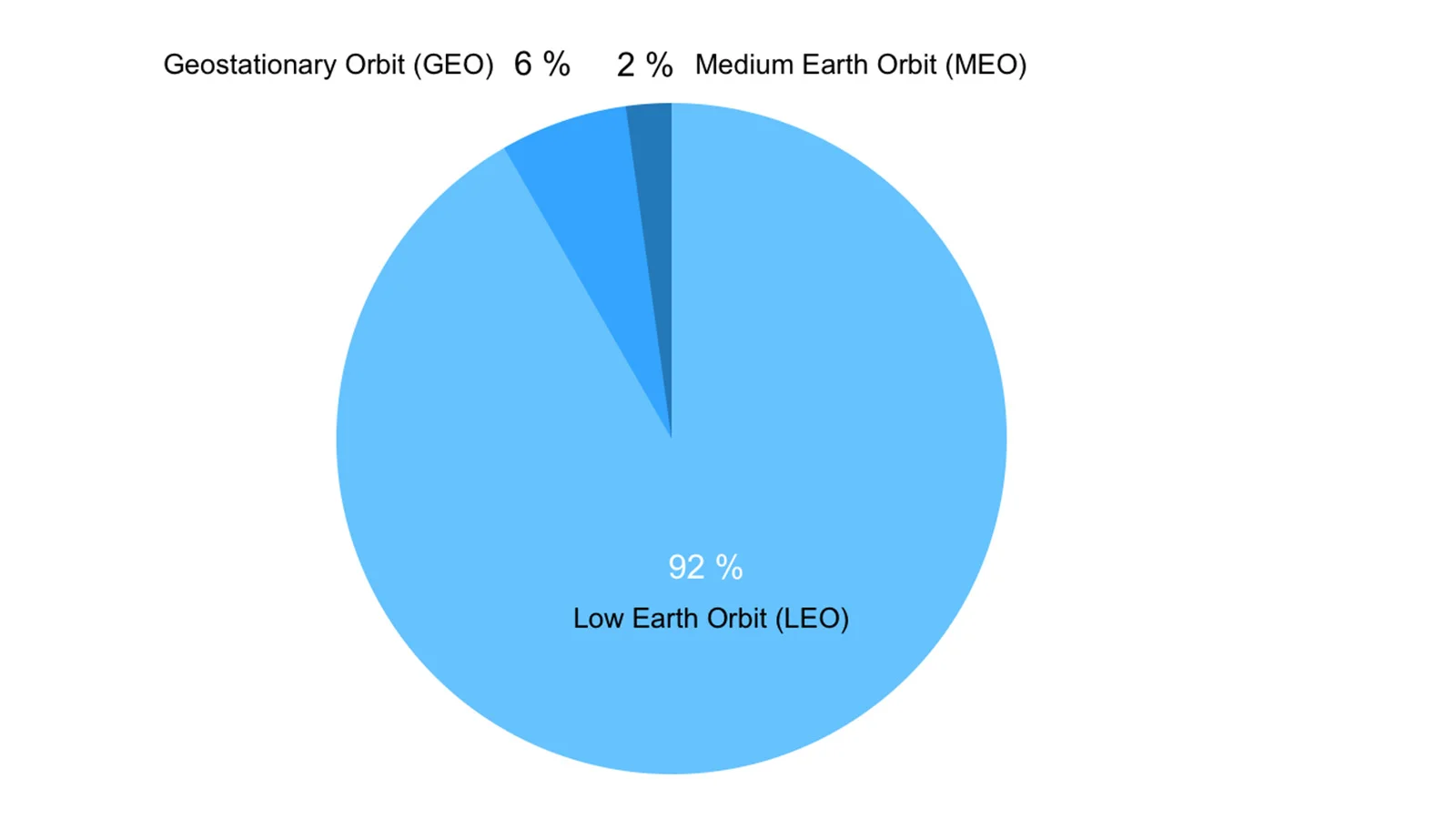
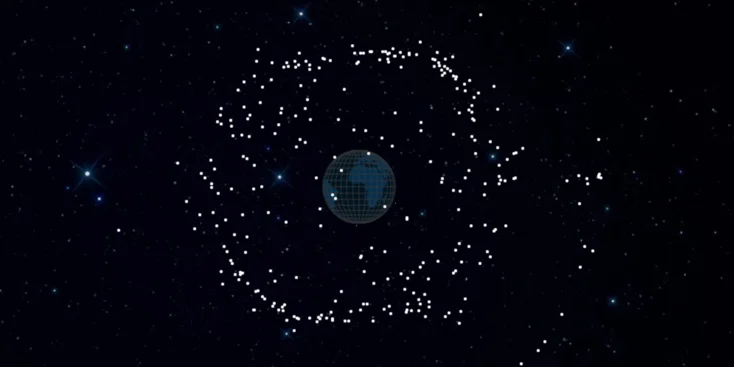
In today's digital age, access to high-speed internet has become essential for people both on land and at sea. Yachtsmen no longer want to give up online communication and streaming services, even when far from the shore. This is particularly relevant as remote work is becoming increasingly popular, and yachts provide an ideal environment for this type of lifestyle
In recent years, there has been a significant increase in the number of yacht owners who have transformed their yachts into floating offices. As a result, the marine communications and internet market has seen the emergence of new solutions to meet the demand for reliable, high-speed internet access on yachts. The article highlights the modern satellite communication systems that are now available, enabling yacht owners to stay connected with the rest of the world.
Starlink Maritime is changing the game
Previously, satellite internet services for yachts relied on Geostationary Earth Orbit (GEO) and Medium Earth Orbit (MEO) satellites. GEO satellites are positioned at a distance of 35,786 kilometres from the Earth, while MEO satellites operate at altitudes ranging from 2,000 to 35,000 kilometres. The advantage of these high orbital altitudes is that they can provide complete coverage of the planet, with the poles being the only exceptions, using a relatively small number of satellites. However, the drawback is that the signal from these satellites is delayed, resulting in frequent interruptions in communication.
Starlink, the satellite internet service provided by Elon Musk's company, has revolutionised access to the internet, particularly in previously inaccessible areas. It has introduced a new solution for yachts and commercial vessels called Starlink Maritime, which offers extensive coverage of the oceans and provides internet speeds of up to 220 Mbps for incoming traffic and up to 25 Mbps for outgoing traffic. The system operates through a network of Low Earth Orbit (LEO) satellites placed at an altitude of 550 kilometres. Currently, there are over 6,000 Starlink satellites in orbit, with approximately 5,800 of them active. Originally, the company planned to have 12,000 satellites, but they now anticipate launching an additional 30,000, resulting in a total of 42,000 satellites. This expansion of Starlink's satellite network will further enhance internet accessibility across the globe, especially in remote locations and on ocean voyages.

LEO satellites offer faster internet speeds but require a greater number of satellites compared to geostationary (GEO) satellites in order to provide comprehensive coverage of territories and bodies of water. LEO satellites are more cost-effective and lighter in weight, allowing for easier production and deployment in groups of up to 64. In contrast, GEO satellites are larger and launched individually.
LEO satellites provide much faster internet speeds, but require substantially more satellites than ‘traditional’ GEO satellites to provide denser coverage of territories and waters.
Starlink Maritime has gained popularity and competitive advantages because it's comparatively cheaper, easier to install and more compact. High-speed internet plans start at $300 per month, with equipment fees starting at $3,000. The use of flat antennas allows for a fairly stable connection both at anchor and while on the move. Additionally, users have the ability to pause the service when needed. Another advantage of Starlink is the ability to communicate without delays, enabling the full utilisation of streaming services and conducting video conferences.
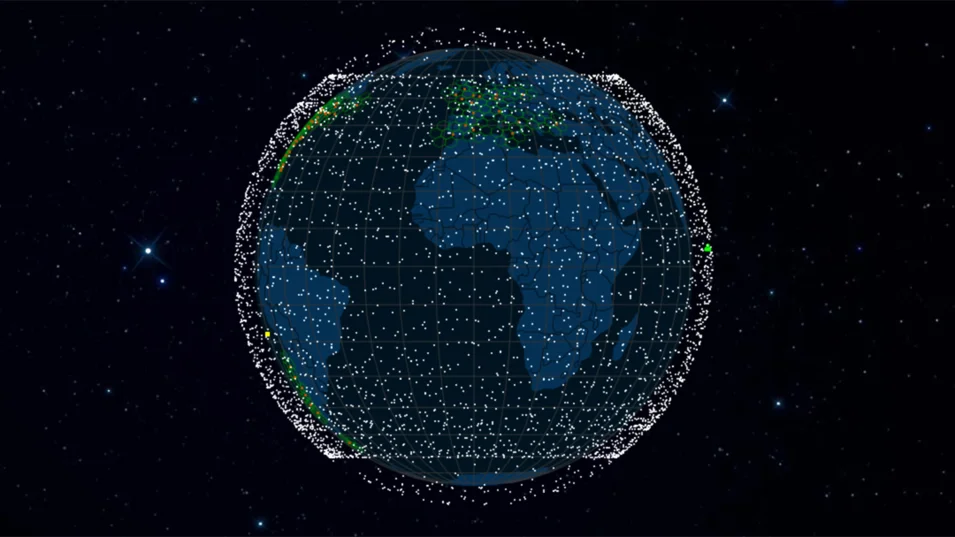
Compared to VSAT prices, Starlink is much more cost-effective. Major shipping companies, such as Maersk, have already begun implementing this technology, with plans to install Starlink on over 330 of their vessels by 2024. Overall, Starlink Maritime offers an affordable, easy-to-use, and reliable internet solution for the maritime industry.
Starlink's disadvantages
Starlink's capacity can experience significant drops in areas with a high concentration of users and during major events. This issue has been observed in ports and bays where multiple large cruise ships are present simultaneously. One major disadvantage of Starlink is its susceptibility to cyberattacks, which is indirectly acknowledged in the terms of use that specify the service is not suitable for mission-critical applications.
The antenna in the Starlink system is not strong enough to withstand high winds or storms, making it a weak point in the system. Additionally, the motors used in the antennas are vulnerable to bad weather and can become contaminated, leading to a loss of communication. This requires frequent maintenance and attention. In order to overcome this challenge, some yacht owners are placing the Starlink antennas in unused domes of traditional satellite communication systems. This provides a more robust and secure solution for maintaining connectivity on the yacht.
The use of Starlink antennas and routers on small yachts can be challenging due to their high electricity consumption and the need for additional batteries. Furthermore, technical support is not available 24/7, and response times are usually delayed until the next day. Additionally, the Starlink service is not accessible in certain countries due to political reasons. While it is possible that Starlink may address these issues and improve their service in the future, for now, these limitations should be considered when choosing to use their equipment.

OneWeb service
Eutelsat OneWeb has successfully deployed its network of 648 low-orbit satellites in a slightly higher orbit of 1,200 kilometres. Unlike its competitor, Starlink, which caters to a wide range of users, OneWeb adopts a business-to-business (B2B) model, offering global communication services through its partners. OneWeb provides two options for antenna installation: a dome antenna, which is lighter than a traditional VSAT, with prices starting at $22,000, or a flat Kymeta antenna. However, OneWeb's speeds are slower compared to Starlink, with incoming connections reaching up to 200 Mbps and outgoing connections up to 20 Mbps. The price of unlimited internet through OneWeb varies depending on the chosen speed, starting at approximately $16,000 per month, with no option to suspend the service.
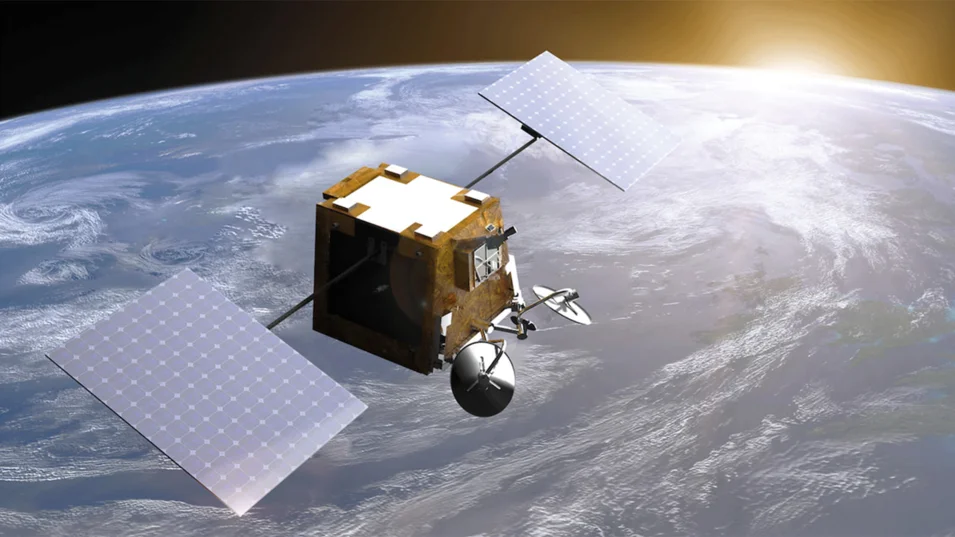
OneWeb offers several advantages compared to its competitor, Starlink. One of its main advantages is its bandwidth guarantee, which Starlink lacks. OneWeb provides dedicated bandwidth for mission-critical applications through its Committed Information Rate (CIR) option. Additionally, OneWeb allows users to choose the location of their ground station, enabling traffic to be routed through a specific area of the network. This helps to avoid congestion and minimise packet loss, resulting in a superior connection quality. OneWeb also focuses on serving business customers, offering them full 24/7 technical support.
Amazon Kuiper
Amazon is also busy building its network of 3,236 LEO satellites. The project is expected to be operational by 2026.
Hybrid solutions for yachts
While Starlink may be suitable for some customers, its limitations make it inadequate for offshore communication needs. As a result, hybrid systems that integrate LEO satellite services with other communication technologies are employed in these scenarios to ensure reliable and uninterrupted communication at sea.
FMC GlobalSat, for example, offers a maximum safety net solution capable of receiving GEO, MEO and LEO satellite signals, as well as 5G and 4G cellular networks.
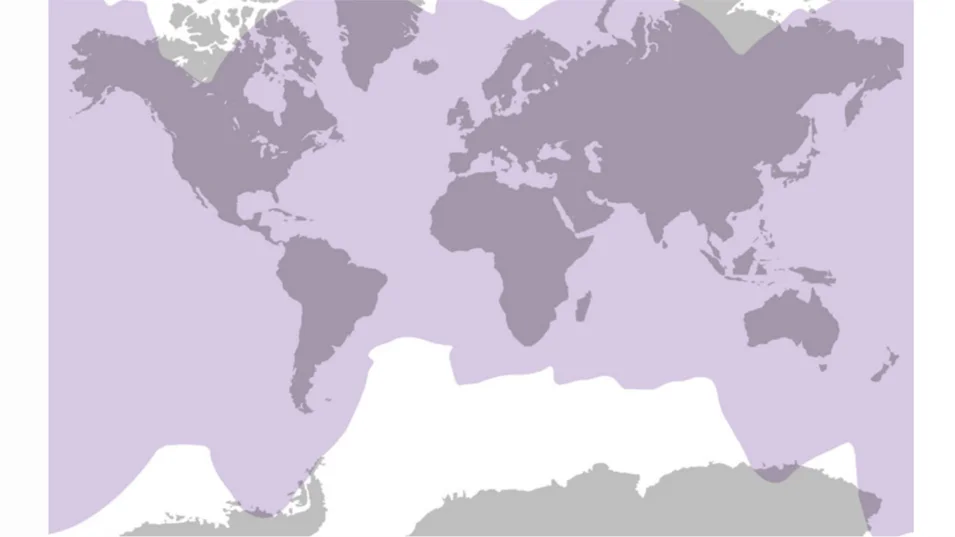
The Intellian XEO system switches between GEO, MEO and LEO satellites to find the best coverage and speed. XEO needs a dual-band antenna, but it can use fewer domes because it can operate on multiple frequencies.
KVH offers TracNet H and KVH ONE, which connect to the internet via satellite, mobile and Wi-Fi. The service offers flexible subscriptions for any cruise plan, with suspension options and cybersecurity.

Excelerate has launched Hybrid Edge, which can receive signals from OneWeb, Starlink, 4/5G and GEO satellites. All relevant receivers are installed on the yacht.
Is it an innovation or a threat?
Starlink, the first LEO service on the mass market, is currently facing weak competition due to its relatively low prices. However, the competition and the number of satellites are expected to increase. Currently, more than half of the nearly 10,000 satellites in orbit are Starlink satellites. If all planned satellite systems are deployed, the number of satellites in Earth's orbits could exceed 200,000 in the next 5-7 years. This large scale and presence of Starlink satellites are raising concerns among astronomers as they interfere with observations by creating bright orbital objects. Experts in space flight safety also view Starlink as the main source of collision danger in orbit. Additionally, scientists are worried about the accumulation of metal, particularly aluminium, in the Earth's atmosphere during the decommissioning of old satellites, which could lead to unpredictable consequences for the planet.
Despite the above, satellite constellations, numbering in the tens of thousands, continue to expand into space. According to Global Market Insights, the satellite communications market in the maritime industry will grow to $12.4 bn by 2032 from $7.1 bn in 2023. The quality of the Internet will improve, streaming shows will be watched in the middle of the ocean, and the Mayday signal will not only be heard, but will have a chance to get thousands of likes.
You have successfully subscribed to our newsletter


